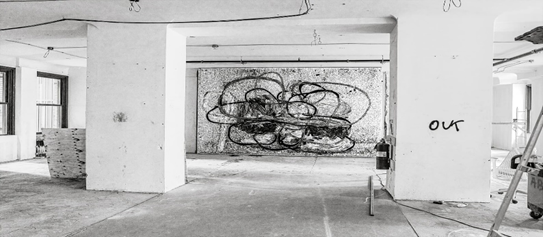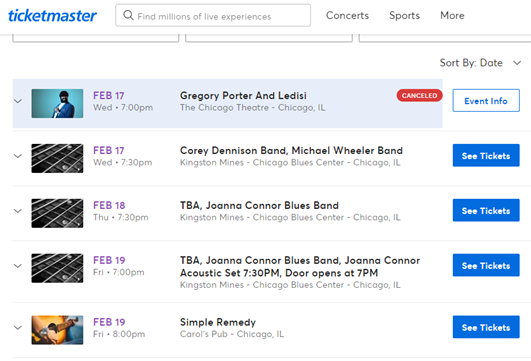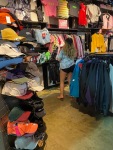We need a new word for “museum” which calls to mind blank white walls with paintings created by old white men depicting gorgeous scenes of beautiful ladies sitting waterside with flowers and picnics. Don’t get me wrong, these are pleasing images and I love looking at them. But it turns out their interest and subjects leave out about 90% of the population in the world.
The world has changed. The arts are a reflection of our society and our cultural mores. And baby, “the times they are a changin”. In response, museums are listening to the outcry. The modern audience is new, fresh, young, black, brown, yellow, LBGTQ, female, elder, street-wise, colorful! They want to hear about music, history, life-experience, and feeling they understand, both within (or without) the walls of our institutions.
While museums are normally thought of as staid and conservative, our most progressive institutions, those that have realized they must change or perish, are singing a new song. They are changing the location, experience, design, subject, and setting. They are ENGAGING new audiences.
Last week’s New York Times offered two sections on Museums. “More to see, do and feel -Museums are striving to expand the experiences of their visitors.” Rock on, I say. Some examples:
Christopher Wool decided that because galleries are so staid and expected, he would show his famous and very expensive sculptures in a raw industrial space within an office building in Manhattan. He says in an interview that “Imperfection is the goal. You get tension with imperfection and small amounts of chaos in these pieces, which is strengthened by how unfinished and raw the space is.”

All over the United States from San Francisco, Charleston, Oklahoma City, Little Rock, and Philadelphia, new museums are exploring outdoor spaces as an integral part of the experience. They are creating welcoming, collaborative spaces, where guests feel inspired and also engulfed by beauty. Landscaping and sculptures, street furniture, water, wind are melded together to form an alchemy of stories in these outdoor spaces, which are not gardens, by any stretch of the imagination.

In North Miami, the story of Haiti’s troubled history and a personal story of Manuel Mathleu, the exhibition’s creator, is told through paintings and ceramics, many of which depict violence and tumult.

At the Carnegie Museum of Art in Pittsburgh, industrial history is the subject of a huge exhibition, as part of the Forum Series. The exhibition, a collaboration with Maria Watt and The Poetry Collection utilizes glass, steel and blankets as the materials of her creations

In this tumultuous time of political, racial and ethnic polarization and violence, college protests have become a real campus issue. In the spirit of encouraging calm and empathetic behavior, ten college museums are collaborating on one simple activity voting. Sculptures at the University of Oregon in Eugene provide a deep dive into the false depiction of society in a Norman Rockwell painting.

Mental illness s the subject of a new exhibition at the Mississippi of Art through a display of “What Became of Dr. Smith, a 122-foot long painting of Noal Saterstrom exploring is great-grandfather’s 40-year travails in the Mississippi State Insane Hospital. Among other things, he explores his own battles with depression and depersonalization.

This fresh and sometimes disturbing new museum content and form expand human understanding and connection through art, in a time when the world is anything but peaceful. Perhaps this should be the mission of all museums, in hopes that someday soon, it will no longer be so desperately needed.
As I wrote these words, I discovered that these types of new and thoughtful attractions have always formed the basis of my practice. Our body of work includes museums of motion pictures, television arts and sciences, Native American stories, Negro League Baseball, young female empowerment and carousels, to name just a few. I just never thought about it in that way. JB Research Company has always worked on projects for the 90%!




































You must be logged in to post a comment.